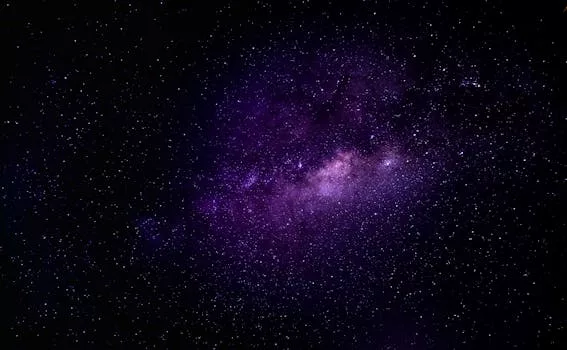
“
Beyond the Milky Way: Imagining New Worlds and Possibilities
Introduction to Space Exploration
Beyond the Milky Way: Imagining New Worlds and Possibilities, as we continue to explore the vastness of space, we are constantly reminded of the mysteries that lie beyond our galaxy. The Milky Way, our home galaxy, is just one of billions of galaxies in the observable universe. With the help of advanced telescopes and space missions, we are now able to study the universe in greater detail than ever before. In this article, we will explore the latest discoveries and the potential for life beyond our galaxy.
Understanding the Universe
The universe is estimated to be around 13.8 billion years old, and it is still expanding. The universe is made up of billions of galaxies, each containing billions of stars. The Milky Way is just one of these galaxies, and it is estimated to contain between 200-400 billion stars. The universe is also home to other types of objects, such as black holes, neutron stars, and supernovae.
One of the most interesting aspects of the universe is the possibility of life beyond Earth. With the discovery of exoplanets, which are planets that orbit stars other than the Sun, the possibility of life existing elsewhere in the universe has become a topic of much debate. Some of these exoplanets are believed to be located in the habitable zones of their respective stars, where conditions are suitable for life as we know it. This topic is further explored in The Infinite Universe of Imagination.
Exploring New Worlds
As we continue to explore the universe, we are constantly discovering new worlds and celestial objects. Some of the most notable discoveries in recent years include the detection of gravitational waves, which are ripples in the fabric of spacetime, and the discovery of water on Mars. These discoveries have significant implications for our understanding of the universe and the potential for life beyond Earth.
One of the most exciting areas of research in space exploration is the study of exoplanets. With the help of advanced telescopes and space missions, we are now able to study these planets in greater detail than ever before. Some of the most promising exoplanets for hosting life include Kepler-452b, which is a rocky planet that orbits a G-type star (similar to the Sun), and Proxima b, which is a terrestrial planet that orbits Proxima Centauri, the closest star to the Sun. For more insights on this, check out Galaxies of Dreams.
Conclusion and Takeaways
In conclusion, the universe is a vast and complex place, full of mysteries waiting to be uncovered. As we continue to explore the universe, we are constantly reminded of the possibilities that lie beyond our galaxy. The potential for life beyond Earth is a topic of much debate, and the discovery of exoplanets has significant implications for our understanding of the universe. Some of the key takeaways from this article include:
- The universe is estimated to be around 13.8 billion years old and is still expanding.
- The Milky Way is just one of billions of galaxies in the observable universe.
- The possibility of life existing elsewhere in the universe is a topic of much debate.
- Exoplanets are planets that orbit stars other than the Sun, and some of these planets are believed to be located in the habitable zones of their respective stars.
- The discovery of gravitational waves and water on Mars has significant implications for our understanding of the universe.

